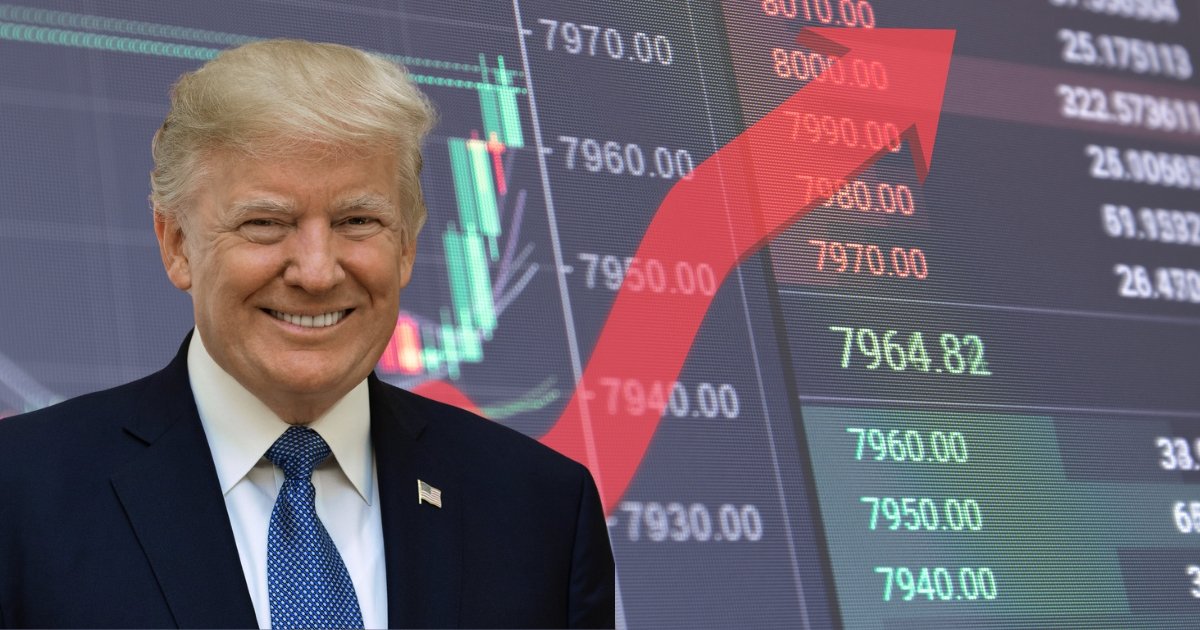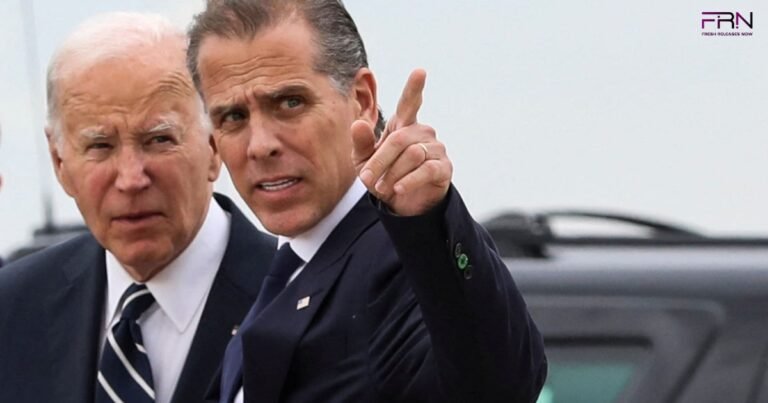
The U.S. stock market surged after President Donald Trump announced a temporary pause on tariffs. Such a step by Trump eased investor’s concerns and reignited market confidence. Next, Trump signed an executive order to revitalize the nation’s shipbuilding industry to reinforce America’s maritime strength.
Thus, these twin actions signal a strategic shift in trade and infrastructure policy. Both the trade and shipbuilding industry could reshape the economic as well as industrial landscape in the future.
Tariff Pause: A Temporary Respite or Lasting Relief
In April 2025, President Donald Trump announced a 90-day pause on the U.S. tariff. The announcement was made to recalibrate trade negotiations and alleviate market volatility. Such a decision followed significant market turmoil and was intended to create space for more favorable trade deals, particularly in China.
1. Mixed Market Reaction
Initially, the announcement spurred a surge in the U.S. stock markets, with the S&P 500 experiencing one of its best days in decades. However, this optimistic step was short-lived. The following day, the market retreated as investors grappled with the ongoing uncertainties surrounding trade policies and their economic implications.
2. International Responses and Ongoing Concerns
Internationally, Spain’s Prime Minister Pedro Sanchez viewed the tariff pause as an opportunity to renew agreements. Despite this, concerns persist about the long-term impact of these policies, especially tariff increases on Chinese goods, which now exceed 125%.
3. Future Consequences
While the tariff pause created a temporary respite, its effectiveness in fostering lasting economic stability remains uncertain. The business community remains divine, with some viewing it as a strategic move and others expressing skepticism about its long-term benefits. As the 90-day period progresses, the global economy watches closely to see whether this pause will lead to substantive trade agreements or further uncertainties.
Executive Order Aims to Revitalize U.S. Shipbuilding Industry
After the tariff pause, President Trump signed an executive order aimed at revitalizing the U.S. shipbuilding industry and reducing reliance on foreign maritime capabilities. Such initiatives seek to strengthen national security, boost economic growth, and counter China’s dominance in global shipbuilding. The key components of the executive order are:
- Maritime Action Plan: Federal agencies are tasked with developing a comprehensive plan within 210 days to enhance domestic shipbuilding and maritime workforce capabilities.
- Maritime Security Trust Fund: The establishment of a fund provides consistent financing for maritime programs alongside financial incentives to encourage private investment in U.S. shipbuilding.
- Workforce Development: The executive order aims to expand education and training opportunities. It must include modernization of the U.S. Merchant Marine Academy to address the shortage of qualified mariners.
- Legislative Support: Complementary efforts made through proposed legislation are the SHIPS for American Act. This act aims to provide tax credits and loan guarantees to stimulate commercial production at the U.S. shipyard.
Strategic Steps Toward Maritime Dominance
President Trump unveiled a comprehensive strategy to re-establish U.S. dominance in the maritime sector. The strategy addresses both industrial and workforce challenges. This step aims to counter China’s dominance in global shipbuilding and shipping. Key strategic initiatives are:
- Executive Order for Maritime Revival: On April 9, Trump signed an order directing the federal agencies to develop a Maritime Action Plan. This plan focuses on enhancing domestic shipbuilding capabilities, expanding the U.S.-flagged commercial fleets, and strengthening the marine workforce.
- Addressing Workforce Shortage: The critical component of the strategy is tackling the shortage of qualified U.S. merchant mariners. With less than 10,000 active mariners and a limited number of U.S.-flagged vessels, the administration recognizes the need for investment in maritime education and training to support fleet expansion.
Restoring maritime dominance demands more than a quick fix; it requires a consistent and long-term commitment. Such a step requires reliable funding and policies that level the field for U.S. shipbuilders. It also requires the effort to grow and train the maritime workforce. Central to this initiative is the Maritime Industrial Base, which must be rebuilt to support commercial and defense-related ship construction.
Furthermore, the strategy also aims to counter unfair global trade practices, especially used by China. Until now, China has distorted the market and undercut American shipbuilders. In response, the administration plans to reform custom practices and consider targeted tariffs to protect strategic sectors.
Bipartisan Views on Trade and Industry Policy
Bipartisan perspectives on U.S. trade and industrial policy reflect a complex interplay of cooperation. It is because the lawmakers navigate the challenges of global competition, economic security, and domestic industrial revitalization.
1. Bipartisan Support for Strategic Industrial Initiatives
Both Republican and Democratic legislators have shown alignment on industrial policies aimed at bolstering America’s economic competitiveness. The CHIPS and Science Act, designed to enhance domestic semiconductor manufacturing, exemplified this corporation.
Subsequent legislation, such as the Building Chips in America Act, streamlines processes to expedite semiconductor facility development. It indicates a shared commitment to reduce reliance on foreign technology sources.
Additionally, a bipartisan task force has advocated for a “Pro-America” trade policy that emphasizes fair trade practices. This trade policy also creates robust enforcement of trade agreements and supports high-wage job creation within the U.S. Thus, the approach seeks to balance the benefits of global commerce with the need to protect domestic industries and workers.
2. Divergent View on Tariff Implementation
Despite areas of agreement, significant partisan divides persist, mainly concerning the tariff. President Trump’s recent trade policies have elicited mixed reactions Republicans view them as strategic tools to negotiate better trade deals. On the other hand, Democrats criticize them for causing market instability and potential economic harm.
Therefore, concerns have been raised about the transparency and insider advantages associated with abrupt policy shifts. Progressive Democrats like Representative Chris Deluzio argue that protectionist measures are needed to rebuild the industrial base and safeguard American jobs.
However, critics contend that such policies may inadvertently increase consumer costs and strain international relationships. It suggests that alternative strategies like collective bargaining and social programs might more effectively support workers.
Conclusion
President Trump’s twin actions, a temporary tariff pause and a sweeping executive order to restore America’s shipbuilding strength mark a strategic pivot. These measures not only aim to stop market volatility but also address long-term national security and economic competitiveness. With bipartisan momentum behind industrial revitalization and trade reform, the future will depend on policy execution, international cooperation, and workforce development.


